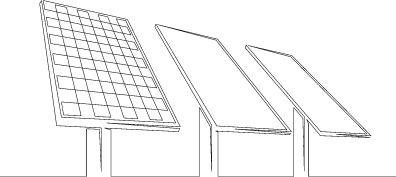Sabanci Renewables is proud to announce its second renewable energy project in the Electric Reliability Council of Texas (ERCOT) market: the 232 MWdc Oriana Solar project, located in Victoria County, Texas. Construction is set to begin in January 2024, with commercial operation expected to commence in June 2025.
The project will utilize cutting-edge bifacial solar panel technology, which captures sunlight from both sides of the panels, maximizing energy production. Additionally, Oriana Solar will have right to construct a co-located 60MW/120 MWh battery storage system, ensuring a reliable and consistent supply of clean energy, even during periods of intermittent solar generation.
The project in Victoria County will power 65,000+ homes. Beyond its environmental benefits, Oriana Solar will also bring significant economic advantages to Victoria County. During construction, the project is expected to create over 300 jobs, while ten permanent positions will be established upon operation. These employment opportunities will contribute to the local economy and provide valuable training and experience for skilled workers in the renewable energy sector.
Oriana Solar will play a crucial role in reducing the region's reliance on fossil fuels and mitigating the effects of climate change.
Aquatic Resources Delineation Report
Protected Species Assessment Report
Contact us for your questions about the project




